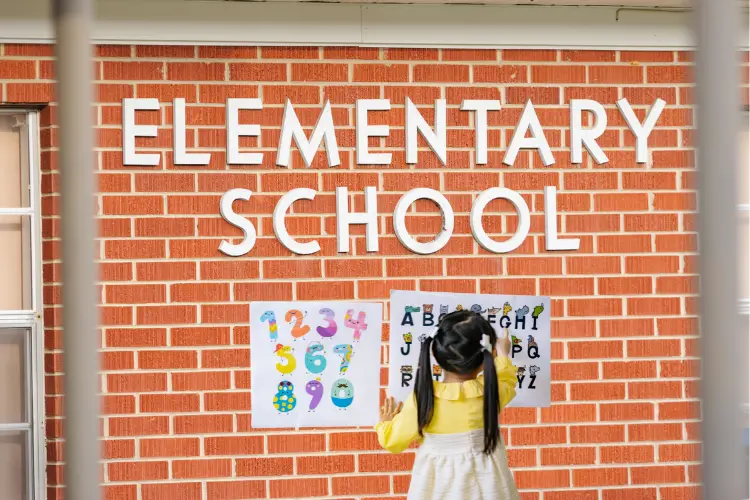Entering a classroom for the first time creates an overwhelming experience. The classroom walls feature bright decorations, yet the actual work of teaching begins here. The actual teaching process does not depend on bulletin boards or desk arrangements. The essential elements of teaching involve creating connections while maintaining control and striking a balance. New teachers face a lengthy process when they try to establish all three elements.
Start Simple: Set Clear Expectations Early
The initial classroom days establish the fundamental atmosphere that will persist throughout the academic year. Students need to understand which behaviors are permitted and which ones are prohibited. Students will explore boundaries without directly asking for permission. That’s not defiance—it’s curiosity. Begin by establishing straightforward rules that students can easily understand and follow. Keep them few. Keep them fair. Students need to grasp both the rules and their essential purpose.
Write down three core values of respect, responsibility, and kindness on the board rather than creating a lengthy list. Explain to students how these values appear in classroom settings. Let students join that conversation. Students become more likely to execute rules when they actively participate in their creation.
Stay Calm, Even When They’re Not
There will be moments when the noise level rises or a student talks back. That’s part of teaching. The key is not to react emotionally. Raising your voice or showing frustration only adds fuel to the fire. Instead, pause. Lower your voice. Speak slowly. Often, quiet control is more effective than loud authority.
Students notice tone and body language more than words. A steady voice and calm expression send a strong message: “This classroom is under control.” Over time, students mirror that calmness back.
Create Routines That Work for You and Them
Children thrive on routine. It gives them a sense of safety. They know what to expect. For a new teacher, the routine can also be a lifeline. It takes away the guesswork. It keeps the day flowing.
Good morning, where papers go, and how to ask to use the restroom—these small systems make a big difference. They reduce chaos. They help you focus on teaching rather than troubleshooting.
Don’t be afraid to practice routines repeatedly. Practice until they become habits. It may feel repetitive, but it builds a foundation for everything else.
Build Relationships Before You Expect Results
No student wants to feel invisible. Even the ones who act out want to be seen. Learn their names quickly. Ask how their weekend went. Notice the effort, not just the outcome. Praise kindness, not just grades.
Sometimes, it’s not the lesson plan that reaches a student. It’s the way a teacher remembers their birthday or asks about their soccer game. Small gestures go far.
When students trust their teacher, they are more likely to listen. More likely to try. And much more willing to behave. Discipline becomes less about rules and more about respect.
Keep It Consistent but Not Rigid
Consistency builds trust. If a rule applies on Monday, it should also apply on Friday. If one student gets a warning for talking during instruction, another should, too. Children notice fairness. Inconsistencies confuse. Or worse, resentment.
That said, not every situation is black and white. Sometimes, a student acts out because they had a rough morning or a hard night. Being consistent doesn’t mean being cold. It means setting boundaries with empathy. Listen when needed. Bend if it helps. But explain why.
Incorporate Tools
Teaching can feel like juggling ten things at once. Managing behavior, checking attendance, and giving feedback—all while trying to teach fractions. The workload can add up fast. That’s why having some helpful tools matters.
Some teachers turn to classroom management software to lighten the load. It helps track student behavior, send updates to parents, and stay organized. Used wisely, it can keep things running smoothly behind the scenes, allowing the teacher to stay focused on what matters most—teaching.
But no tool replaces human connection. Technology can support, but it can’t lead. It’s there to assist, not replace.
Conclusion
Every teacher has days that don’t go as planned. A lesson falls flat. A student throws a tantrum. The class forgets every rule you reviewed just yesterday. It’s okay. That doesn’t mean you’ve failed.
Managing a classroom takes practice. Patience.
Every day is a step forward. Every mistake is part of the journey. What matters most is showing up, learning from it, and coming back ready to try again.




